

Hieronymus Bosch (1450-1516) painted mostly about the only alternative reality that it was acceptable to paint about at his times – namely visions of sinners enduring the torments of hell. His works were a basic departure, a welcome and unique relief from the endless Madonnas, saints and other “holy” religious paintings of the times.

Impressionism Tons could be said here relating impressionism and its alternative representations of reality to Art KOU KOU. Claude Monet (1840-1926), for example, painted the same motif over and over again in order to reveal small differences of perception, such as to portray the subtle shifts of light and color from hour to hour on a stack of wheat. Again, alternative representations of the same reality.
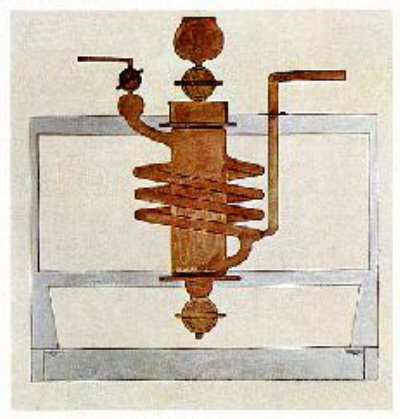
Dadaism was a defiant movement against conventional art and society flourishing in the 1916 to 1923 period. The Dada artists were young people horrified in the aftermath of World War 1 who did not want any part of the political or bourgeois social standards of the time. Dada forms of expression included writing, photography, film, irreverent poetry and cabaret performances. Common objects were featured in its visual forms like urinals and shovels and pieces of junk. Implicit in the philosophy of Dadaism was that the alternative realities of such common objects constituted art. Painters in the movement included Max Ernst, Jean Arp and Marcel Janco. Dadaism went into remission in the mid 20s, but Dada was an important precursor to Pop Art. Important artists like Oldenburg, Warhol and Rauschenberg were later thought of as Neo Dadaists before Pop Art emerged as a separate school. Neo-Dadaism had its day in the late 50s and early 60s.
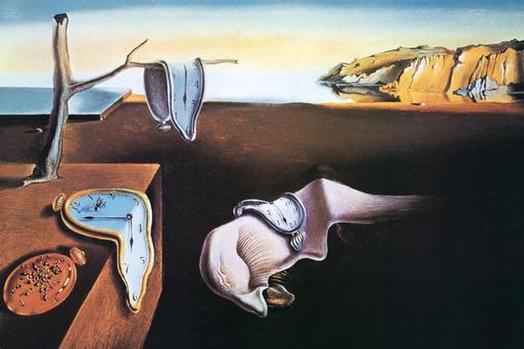
Surrealism seems to be all about bringing forward alternative realities. Some of these are subtle, for example the reality of shame. Gibson, in his book The Shameful Life of Salvador Dali, writes: “ --there Dali (1904-1989) brings shame into the open, where it can be scrutinized. No other painter in the history of art has done this, and it may yet transpire that in depicting shame, and forcing us to contemplate its sources and its agonies, Dali made one of his most important contributions to civilization." Dali’s work is a superb blend of objective realism and dream-like extension and distention. He has called his works as “dream photographs that are hand-painted.”
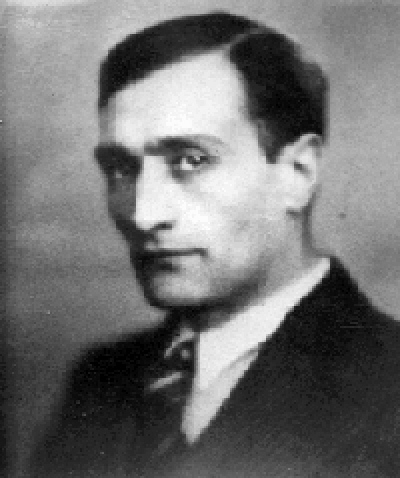
Artaudism (Art Minimal and Conceptual Only) Antonin Artaud (1895-1948), a controversial character, wrote on the philosophy of art, and the relationship of art to what is seen under the influence of Mescaline and Peyote hallucigens. He created poetry, drawings and theatre pieces, acted and wrote. With regard to what I call the re-fractalization of reality, he wrote:
“Who am I?
Where do I come from?
I am Antonin Artaud
and I say this
as I know how to say this
immediately
you will see my present body
burst into fragments
and remake itself
under ten thousand notorious aspects
a new body
where you will
never
forget me.
Other quotes from Artaud’s Manifesto in Clear Language are:
“My lucid unreason is not afraid of chaos.”
“That which belongs to the realm of the image is irreducible by reason and must remain within the image or be annihilated.
“In the exalted realm of images, illusion properly speaking, or material error, does not exist, -- “
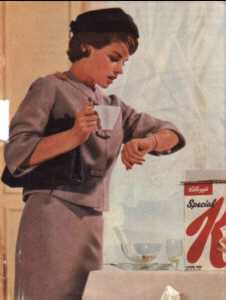
Pop Art, as exemplified by Andy Warhol (1928-1987) and Robert Rauschenberg (1925-). Both of these artists created large works starting with photographs, collaging and selectively painting on them (in the case of Rauschenberg), and reproducing them in large format using photographic, silk screen or other optical technology. Pop Art is similar to Art KOU KOU in both its essence and creation process, and was created with the best technology available prior to the arrival of the computer and its capabilities. Possibilities for image re-fractalization were limited.
Art KOU KOU draws its more-immediate roots from current developments in several fields:
Physics, quantum theory in particular,which establishes wave-particle duality, the ambiguous nature of a reality until it is actually perceived, the lack of predictability of exactly what will be perceived, and the essential role of the observer in determining specific characteristics of the reality
Mathematics: chaos, complexity, fractal theory in particular, the recent works of mathematicians like, Benoit Mandelbrot, Mitchell Feigenbaum, Steve Smale, and Edward Lorenz, built on the works of earlier mathematicians like Julia and Fatou who (pre-computer) explored the power of mathematical formulas to create and represent images
Image technology, including the widespread availability of , xerography, computers and image-processing software, particularly newer software which apply fractal mathematics
Art and design schools, which are now familiarizing all younger artists with basic computer image-processing tools
Avant-garde art organizations, artists and artist groups that are increasingly promoting, sponsoring or supporting “digital artists” or “digital art” exhibits
Art KOU KOU and Digital Art are not the same, and neither includes the other. Schools of art like KOU KOU are defined by their intent, philosophy social thrust and styles – not by the tools used to make the art. Digital art is defined by its means of production, just like oil-painted Art is. The technology of oil painting contributed immensely to visual art when it came into use. The word processor contributed significantly to writing. Similarly, the computer has contributed mightily to artistic possibility. For Art KOU KOU, the computer is a powerful enabler. But it makes no sense to talk about the Digital School of Art - just like it makes no sense to talk about the Oil Painting School of Art or the Word Processing School of Writing.
Important schools of art cross over from visual art to other expressive forms that use completely different technologies, like theatre, writing, sculpture, architecture and the performing arts. Dali, for example, worked in all kinds of media ranging from jewelry to paintings to sculpture to performances to installations to architecture. All of these works were Surrealist art. The Dadaists were likewise big in writing, photography, the performing arts and poetry as well as painting. Art KOU KOU has such contemporary counterparts, having nothing to do with digital processing. For example, improvisational theatre has as its objective the flowing instant re-creation of reality through the interaction of actors. Arguably, much of contemporary poetry is about re-fractalization of reality to expose its alternative facets.
There are digital artists and Art KOU KOU artists, and some artists are both. Most digital art today is not Art KOU KOU, though much of Art KOU KOU is also digital art. It is not essential that a KOU KOU artist uses a computer. Art KOU KOU may incorporate use of traditional media, photography, and photographic manipulation. It may also be created using non-digital (analog) image transformational technologies such as are available optically, via xerography, and using lasers.
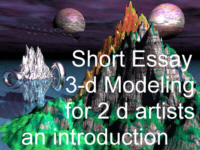
What KOU KOU stands for
Art and Re-fractalization of reality
Art KOU KOU Manifesto
KOU KOU Artists
Art KOU KOU home pagePlease write us about your reactions to Art KOU KOU at vegiuliano@comcast.net
This site is best viewed using Internet Explorer with screen resolution set to 600 by 800.